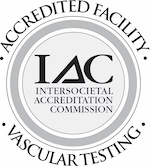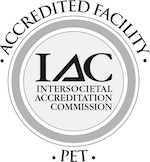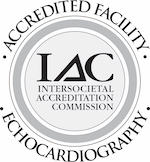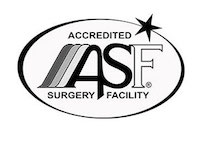What Does Heart-Healthy Food Labeling Mean?

The past several decades have seen an incredible shift in the food landscape in the United States. The rise of cheap and highly processed food has partly fueled obesity and metabolic disease, a crisis that we, as cardiologists, constantly contend with. Food companies have gone to great pains to label products as heart-healthy with guidance from the FDA that set specific rules about what can and can’t be labeled as healthy (first in 1994, and to be updated soon). Since 1995, the American Heart Association has offered similar guidance through its Heart-Check Certification program. But, are these labels informative, should they be followed, and is it enough?
The Answer Is Nuanced
While these labels are based on objective data about the nutrition of these products, there’s more to it. For example, a cereal may contain a good amount of fiber, which binds to excess fat and stops it from entering the bloodstream. But what about the milk, for example, that is consumed with cereal? Does it consider that many children and adults will add sweeteners to their cereal? Also, what about the psychological implications of having cereal in the morning versus a home-cooked breakfast? Unfortunately, these health labels only apply to the product itself, not the behaviors that typically accompany it.
Truly Heart-Healthy Foods
Ultimately, the less processed the food, the more likely it is to be heart-healthy. Fish, veggies, and many whole fruits, for example, don’t need a certification – we inherently know they are healthy. It’s why they don’t require nutrition labels either. Of course, there are exceptions – eating red meat daily would likely lead to cardiovascular concerns. However, eating vegetables, complex carbs, good mono, polyunsaturated fats, and even sweet items like some whole fruits make a big difference to the heart. Avoiding packaged foods as much as possible is probably far more likely to lead to good heart health than following a label on the box.
What to Look Out For
Every food group has the good and the bad, so it’s essential that you don’t cut an entire food group out as some diets would have you do.
Unsaturated fats allow the cells in our body to function correctly and do not contribute to cardiovascular disease. These are in fatty fish, avocados, nuts, seeds, etc. On the other hand, saturated fats, the likes of which you would find in red meat, full-fat dairy, and highly processed foods, are decidedly less healthy.
Carbs are another vilified food group, but once again, we can’t throw them all out. Complex carbs like whole grains (brown rice, whole wheat flour, and more) and vegetables are very good for you. Simple carbs like sugar and white grains, like white bread, white rice, and more, give carbs a bad name. Sugars, too, have gotten a bad rap. Whole fruits are sugary but, in moderation, provide essential vitamins and fiber.
If You Already Have Heart Disease
These heart-healthy labels also do not apply to those with existing cardiovascular disease. When creating your dietary plan, you should speak to your cardiologist if you have been diagnosed with heart problems.
Next Steps
If you have any questions about your diet and whether certain products, even those labeled as heart-healthy, are appropriate for your diet, we encourage you to contact your cardiologist and get the answers you need. Remember, no matter what the packages say, you need to be the primary advocate for your health and your family.







